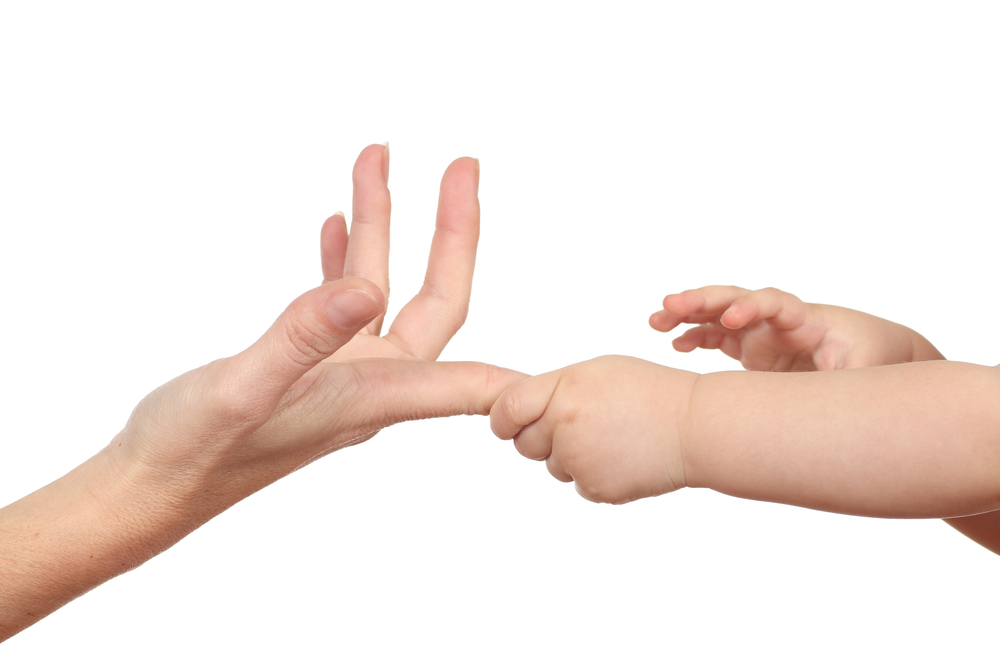Children With Unilateral Cerebral Palsy Have Less Grip Power, Study Shows

Children with unilateral cerebral palsy (UCP), compared to healthy children, have more difficulty gripping objects during specific movements, according to a recent study.
Precision grip is necessary to pick up small objects between the thumb and the index finger and often is impaired in children with UCP. In technical language, precision grip requires good coordination between the grip force (GF), which is perpendicular to the object’s grip surface, and the tangential load force (LF). This kind of coordination is learned over time and is considered mature in children 6 to 8 years old. Precision grip also can be affected by quick changes in load, such as when the hand is bumped, or can involve the lower extremities such as when walking.
In typically developed children or adults, the increase in GF needed during changes in load can be anticipated. However, particularly in the hand most affected, children with UCP are unable to anticipate these dynamic changes.
To better understand how precision grip is affected in children with UCP, the study “Precision grip control while walking down a step in children with unilateral cerebral palsy,” published in PLOS ONE, used a specific task of walking down a step while holding an object.
The researchers took measurements of GF and LF and compared these measurements between the affected and less-affected hands in children with UCP. They also compared these measurements to typical developed, age-matched children.
The study included 25 children with UCP (mean age 9 years, 3 months) and 25 typically developed (TD) children (mean age 9 years, 4 months). The children were asked to walk down a step while holding a device called a manipulandum, which is used to measure both the grip force and the load force. After taking the step, the children were asked to stand upright in a steady manner. This task was performed five days with each hand.
While the less-affected hand of children with UCP showed similar measurements to that of typically developed children, the affected hand of children with UCP showed a shift in the grip force and load force values.
Monitoring over time, in typically developed children the minimum value of load force is observed before the grip force and afterwards these forces reach their maximum values consecutively. However, in the affected hand of children with UCP, the grip force reached its minimum before the load force. This most likely reflects an alteration in the anticipatory control of children with UCP.
Additionally, researchers also found that children with UCP were less able to develop appropriate forces in the more affected hand. This inability to regulate the amount of force needed for specific activities could lead to early fatigue and subsequently affect the ability to perform normal daily activities.
It is important to understand how precision grip is affected in children with UCP, particularly when combining both upper and lower limbs. Many daily activities involve this coordination, such as getting food from the fridge or picking up toys from the floor.
The authors conclude: “… that the coordination of upper and lower extremities might be of interest to introduce in rehabilitation programs dedicated to these children.”


